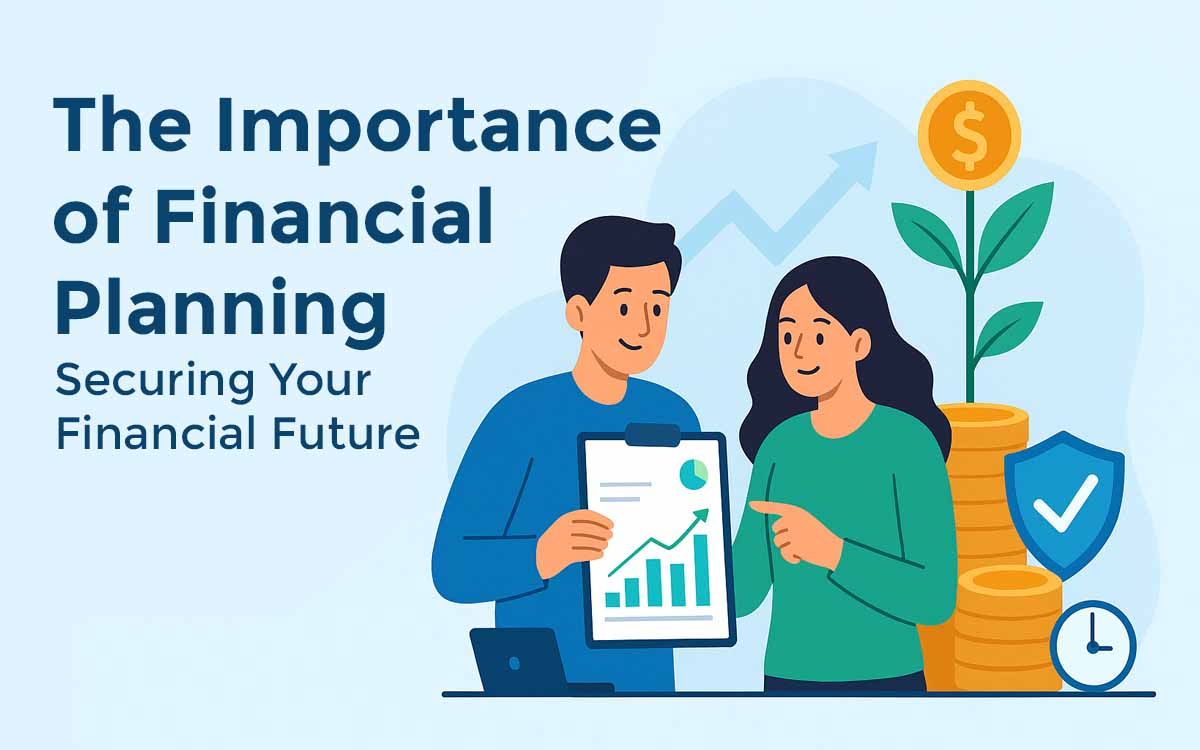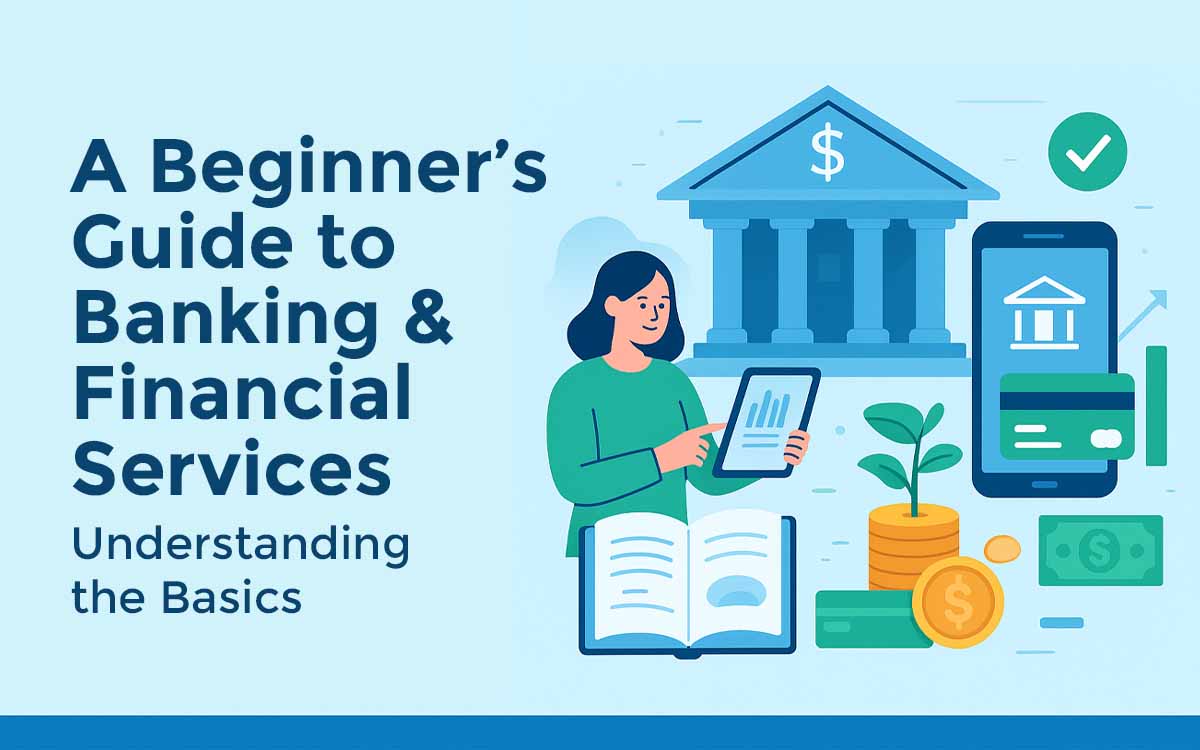Checking accounts are designed for everyday spending and money management, not for earning big returns. But in recent years, some banks and fintechs have started offering high-interest checking accounts, blurring the line between checking and savings.
This article explores what high-interest checking accounts are, how they work, their benefits and drawbacks, and whether they’re worth it in 2025, especially for people in the US, UK, and Canada.
What is a High-Interest Checking Account?
A high-interest checking account is a standard checking account that pays annual percentage yield (APY) or annual equivalent rate (AER) on balances, similar to a savings account.
- Offered by online banks, credit unions, and some fintechs
- Interest is usually tiered (higher balance = higher APY)
- Some require direct deposits or debit card usage to qualify
How High-Interest Checking Accounts Work
- Balance requirements: Some accounts only pay interest on balances up to a cap (e.g., first $10,000).
- Transaction rules: Interest may depend on making a minimum number of debit transactions each month.
- Direct deposits: Higher APYs often require a recurring paycheck deposit.
- Hybrid accounts: Some combine checking + savings in one account.
Benefits of High-Interest Checking Accounts
Earn More on Everyday Money
Unlike traditional checking (0% or near-zero), these accounts can pay 0.50% to 5.00% APY.
Convenience
You don’t need to move money between accounts; your spending and earnings stay in one place.
Perks
Many providers also offer cashback on purchases, fee-free ATMs, and budgeting tools.
Safe & Secure
Funds are usually FDIC (US) / FSCS (UK) / CDIC (Canada) insured.
Drawbacks of High-Interest Checking Accounts
Balance Caps
Many limit high APY to balances under $10K–$25K.
Requirements
Miss the rules (e.g., 10+ debit card purchases, direct deposit), and your interest rate drops.
Lower Than Savings or CDs
While better than standard checking, high-interest checking rates may still lag behind high-yield savings accounts (HYSAs) or certificates of deposit (CDs).
Not Widely Available
Traditional banks rarely offer them; mostly online banks and credit unions.
Best High-Interest Checking Accounts in 2025
United States Best High-Interest Checking Accounts in 2025
- SoFi Checking & Savings – Up to 4.60% APY with direct deposit.
- Ally Bank Interest Checking – Tiered APY (0.25%–0.60%).
- Axos Bank Rewards Checking – Up to 3.30% APY, requirements apply.
United Kingdom Best High-Interest Checking Accounts in 2025
- Starling Bank Current Account – Pays modest interest (~0.05% AER) but is notable for no fees.
- Nationwide FlexDirect Account – Introductory 5% AER for the first 12 months (up to £1,500).
- Chase UK Current Account – 1% cashback on everyday spending + 1% AER on balances.
Canada’s Best High-Interest Checking Accounts in 2025
- EQ Bank Personal Account – Hybrid chequing/savings with up to 2.50% interest.
- Simplii Financial No Fee Chequing – Low interest but strong digital-first perks.
- Tangerine Chequing Account – Offers promotional interest + no monthly fees.
Are High-Interest Checking Accounts Worth It?
When High-Interest Checking Accounts are Worth It
- You want convenience: earning and spending from one account.
- You keep moderate balances ($2K–$25K).
- You consistently meet debit/transaction requirements.
When High-Interest Checking Accounts are Not
- You keep large balances (better placed in a savings account or CD).
- You don’t want to track account rules.
- You live in a country where interest rates are still low for checking.
Final Thoughts
High-interest checking accounts can be a smart hybrid option for people who keep cash in their checking accounts but still want to earn some returns. However, they’re not a substitute for long-term savings or investments.
If you can meet the requirements and don’t mind balance caps, they’re definitely worth exploring in 2025.
Next Reads:



